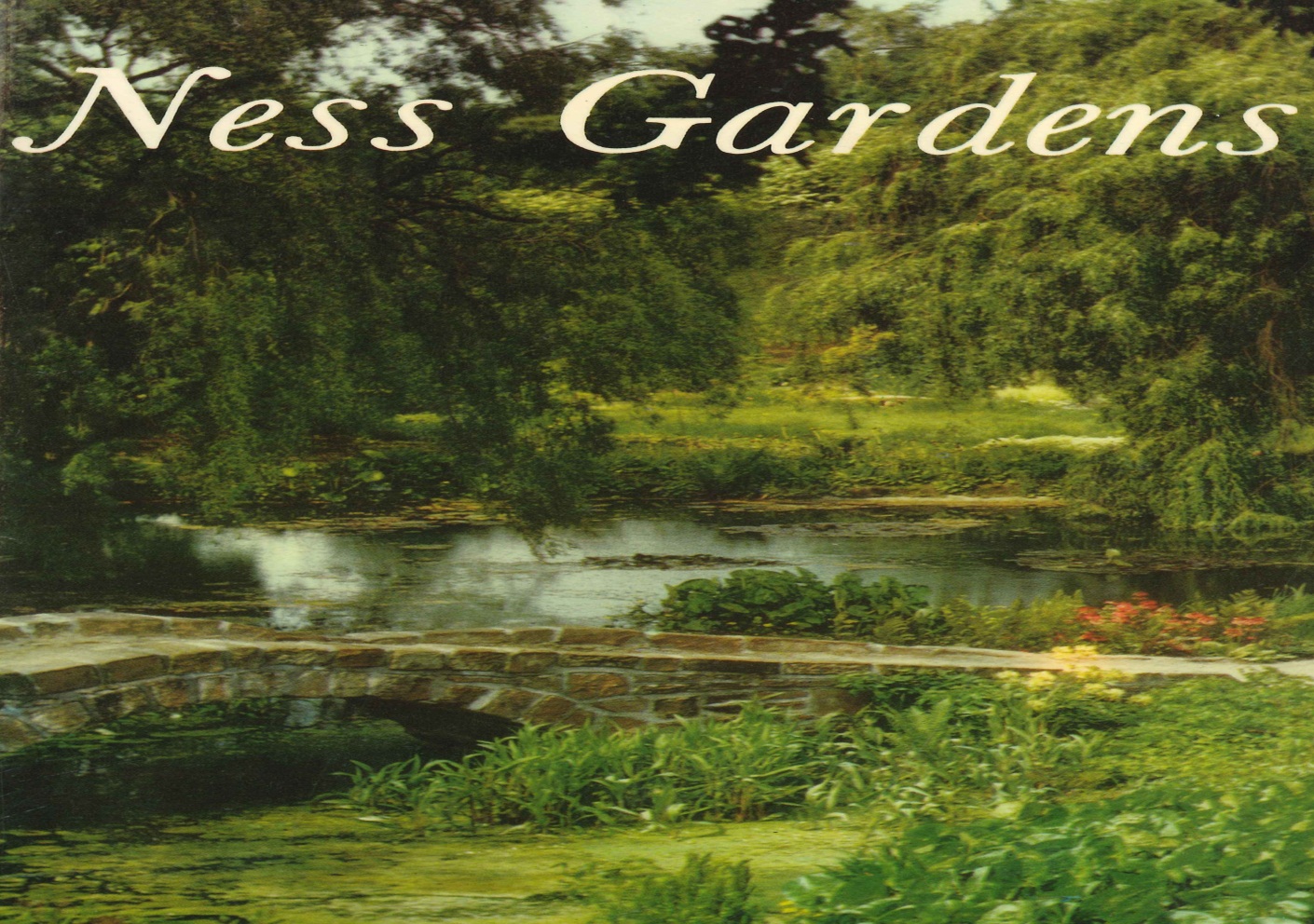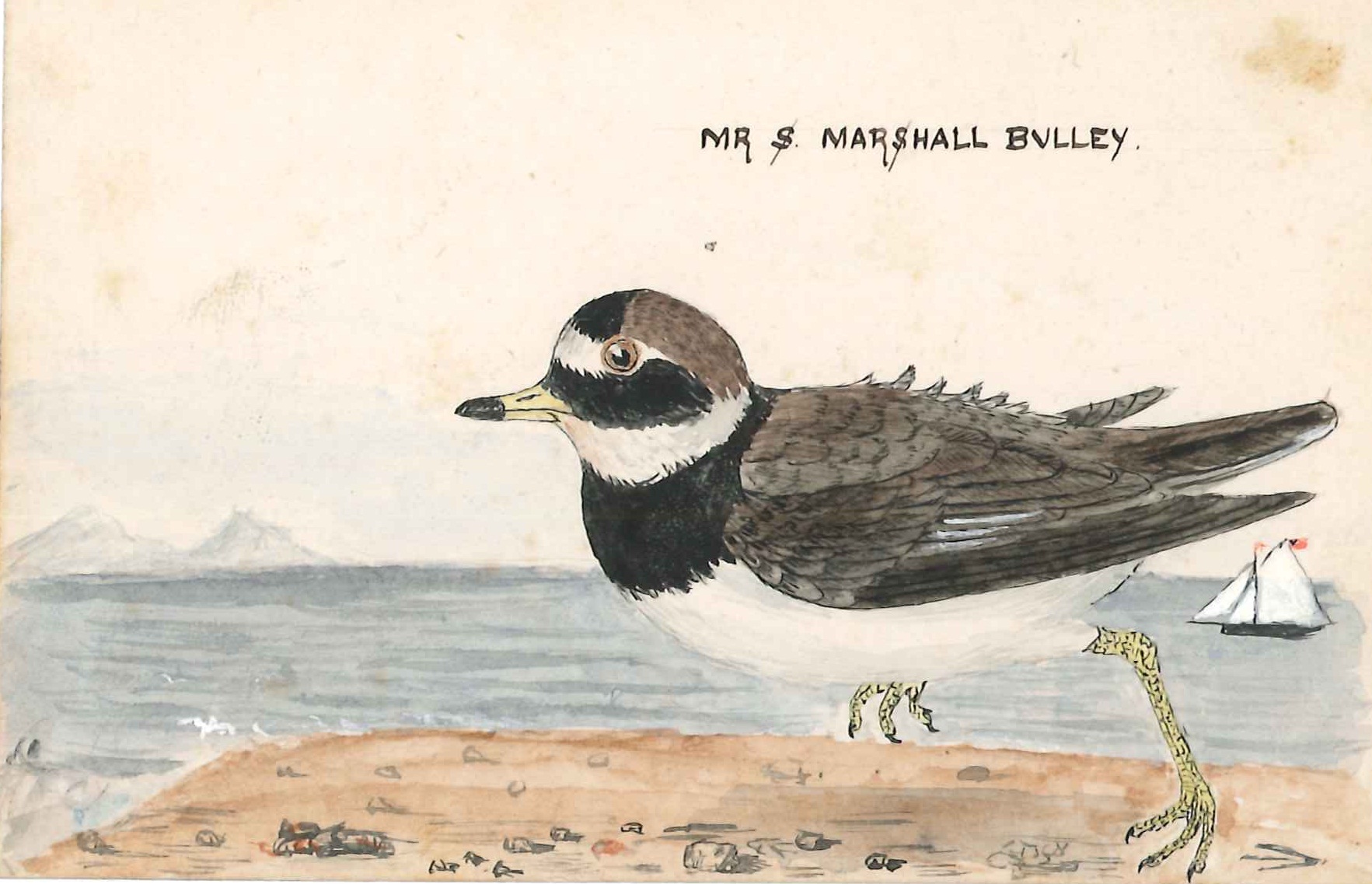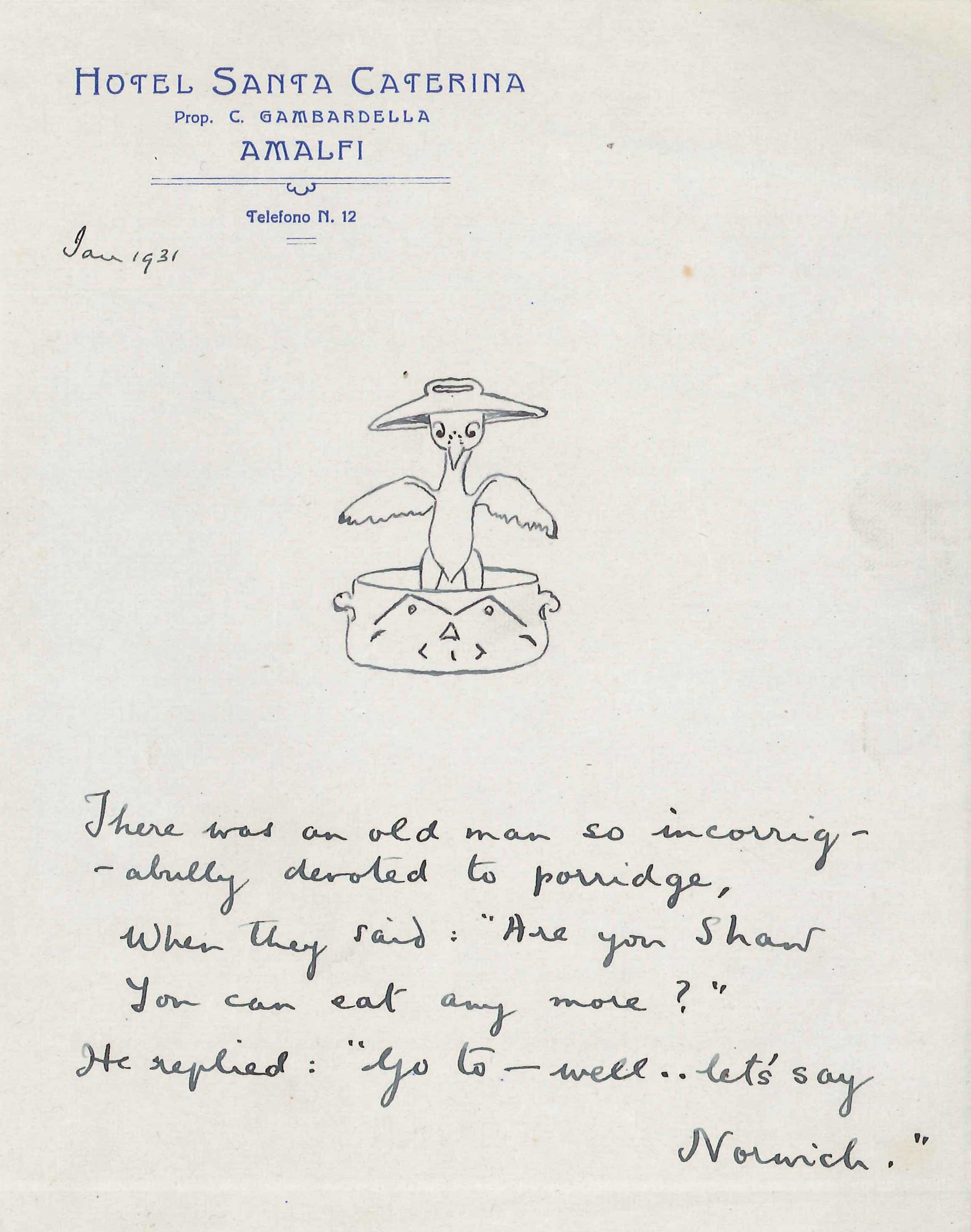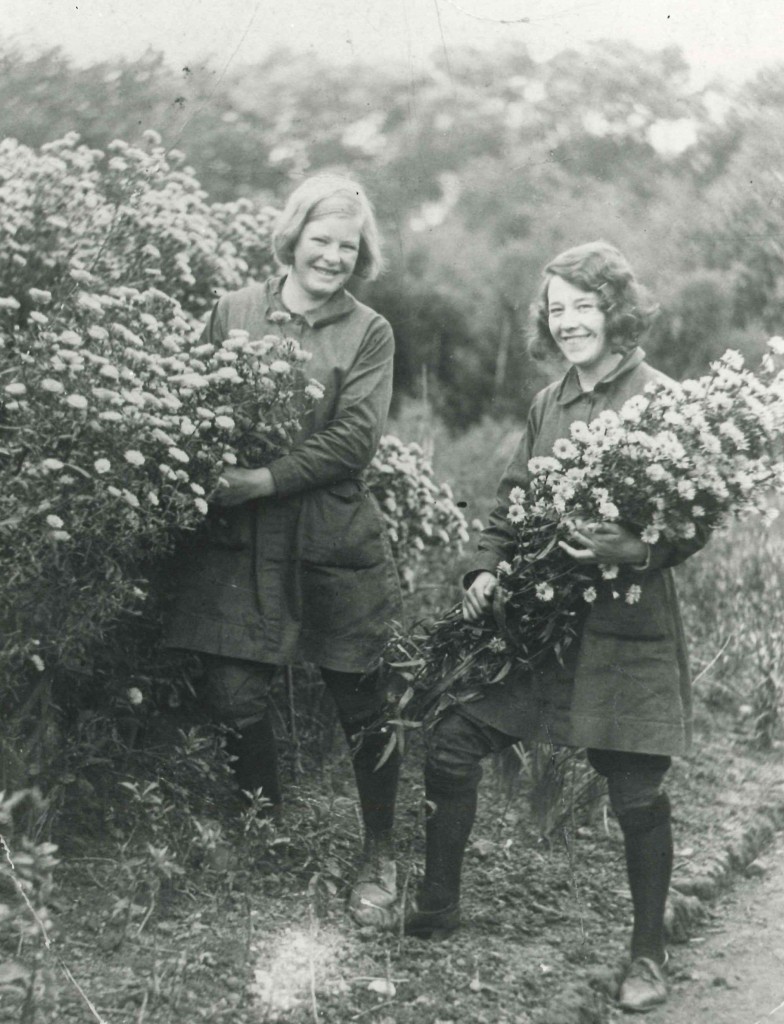Ness Gardens: Spec R/Sb466.G73.N46
Now in its second year, this month sees the launch of Explore Your Archive campaign a national event to promote archival collections within the UK.
This year our display will feature Archive Unearthed based on The Liverpool University Special Collections & Archives records of the historic Bulley family and documenting their historical involvement in creating Ness Botanic Gardens.
Bulley Family Greeting Card D693/4
The award-winning Ness Gardens are situated on the Wirral peninsula overlooking the Dee Estuary and were founded in 1898 by Arthur Kilpin Bulley. With a history of innovation in the botanical field, Ness Gardens is one of the leading Botanic gardens in the United Kingdom winning the ‘Sustainable Tourism Award’ at the Liverpool City Region Tourism Awards, in 2014. Ness also has a long-standing background of academic research culminating in a RHS Gold Medal award-winning garden ‘Ness Botanische’
The foundations of Ness Gardens were created by Liverpool cotton merchant Arthur Kilpin Bulley in 1898 when he began to build his own garden. He was particularly interested in rare plants and his belief that foreign plant species such as Himalayan and Chinese mountain plants could thrive in the British soils led to him hiring renowned British ‘plant hunters’ George Forrest and Frank Kingdon Ward. Thousands of plant seeds were collected abroad and were returned to the Wirral to be successfully cultivated.
D.693/4 A poem by Arthur Bulley about porridge
As a direct result of innovative plant hybridisation programmes, the use of Rhododendron griersonianum and Camelia saluenensis, has resulted in many hybrid plants common in Britain today. In particular, two species introduced by George Forest, Rhododendron griersonianum and Camelia saluenensis underwent successful hybridisation and are now common in the United Kingdom. Indeed, the great successes in seed cultivation and hybridisation led to the foundation of the Bees Ltd plant and seed company that was based within Ness Gardens, the records of which are contained within the archives.
Arthur Bulley wished to share his passion for plants and insisted on opening the ornamental grounds of his garden for public viewing. After his death, Bulley’s daughter Lois presented the Gardens to the University of Liverpool in 1948. She stipulated that the land should remain a botanical garden open to the public, a fitting tribute to her father.
Female Gardeners at Ness Gardens D791/2
Over time Ness Botanical Gardens has undergone many transformations. In the early years of the 1900s the gardens were maintained by 48 members of staff, but this dwindled to just two; during the First World War Josiah Hope and his assistant, Bill Cottrell were left to care for the Gardens. The Liverpool University archives contain many photographs of members of staff and the public enjoying the gardens and vividly documents its changing landscape over the years. This includes the successful creation of a visitors centre, greenhouses and many changes to the environmental landscape, followed by an opening ceremony at which Lois Bulley and the mayor of Liverpool were present.
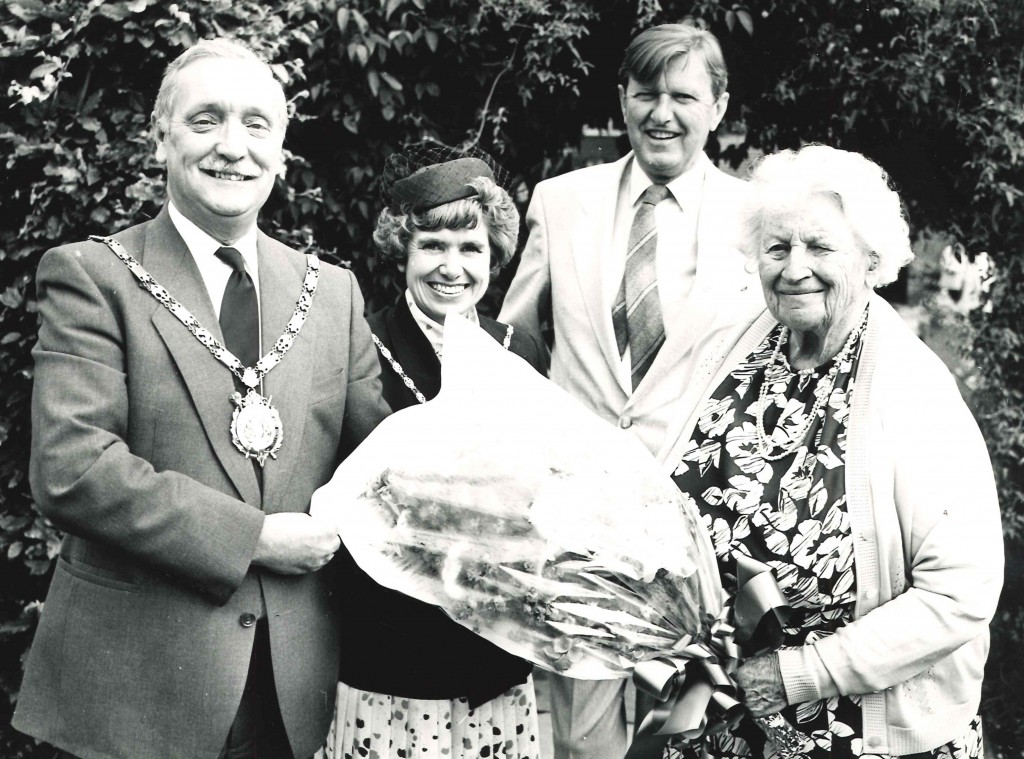 Lois Bulley at the opening of the visitor Centre at Ness Gardens D791/2
Lois Bulley at the opening of the visitor Centre at Ness Gardens D791/2
When Ken Hulme became Director of Ness Gardens in 1957 he removed the sections to the garden Arthur Bulley had installed in favour of a more natural single environment for the plants. Today the Ness Botanic Gardens covers some 64 acres, and boasts a collection of 15,000 plants many of which were early introductions from China, the Himalayas, Tibet and Burma.
Highlights from this collection can be viewed in our display cases adjacent to the Special Collections and Archives.
Colin Smith
Graduate Library Assistant

